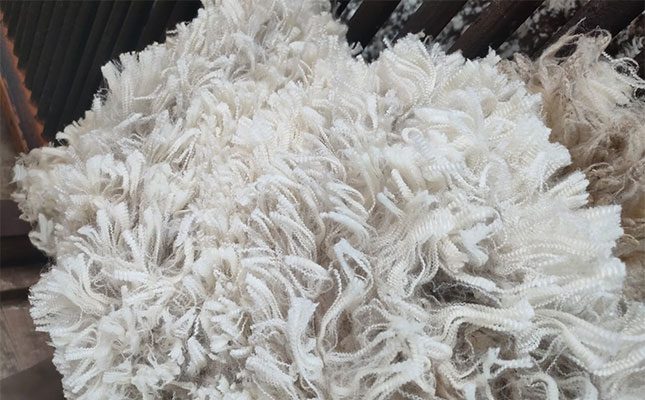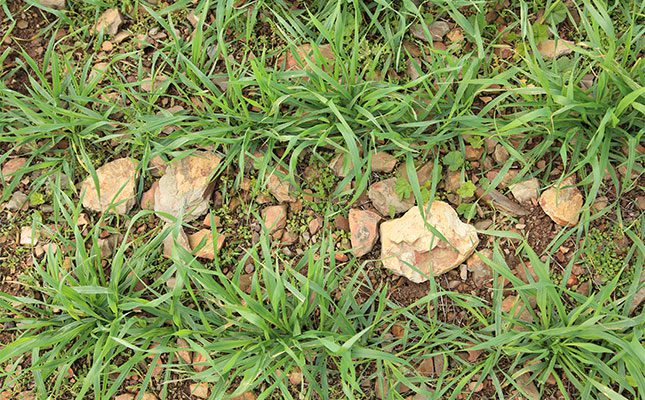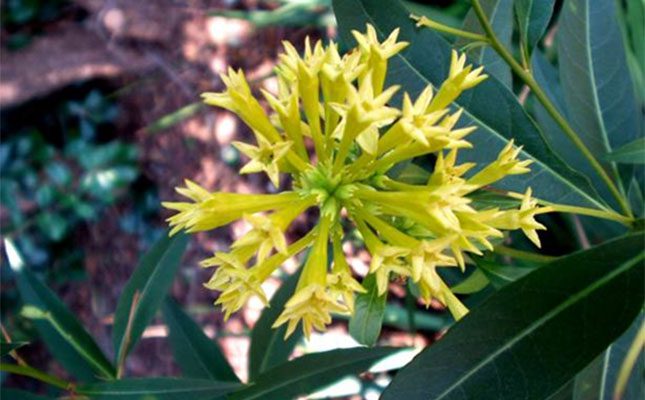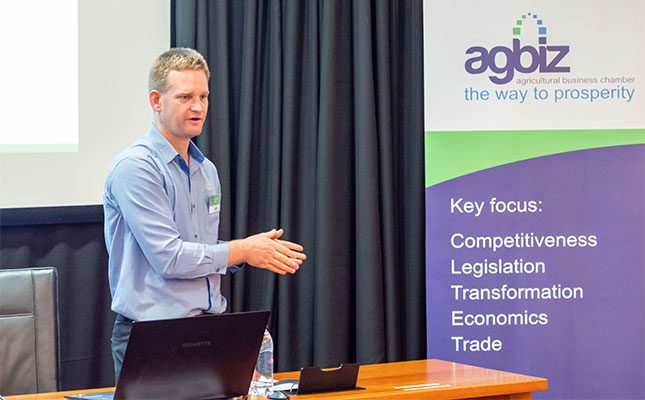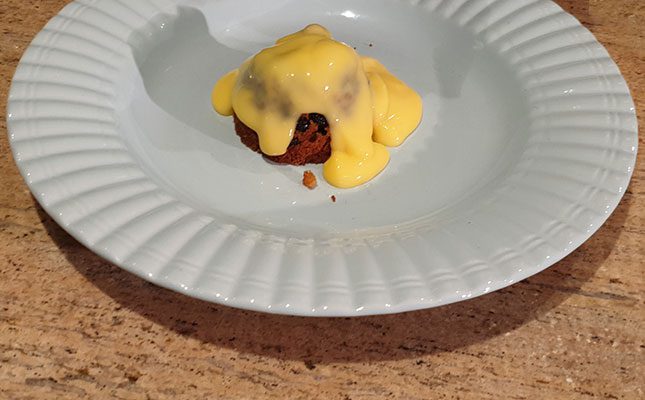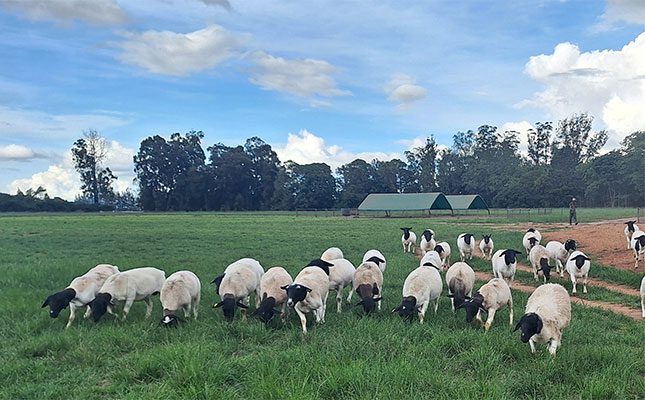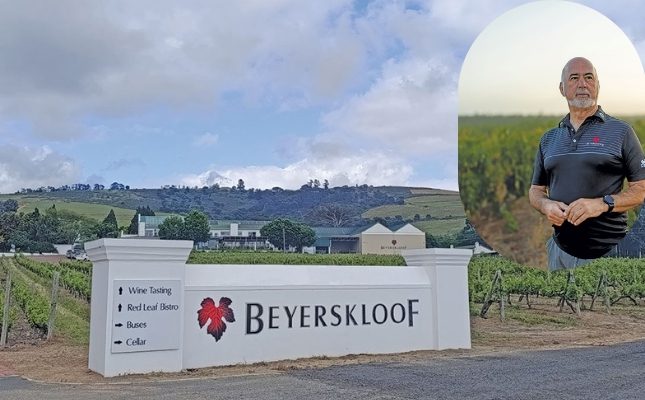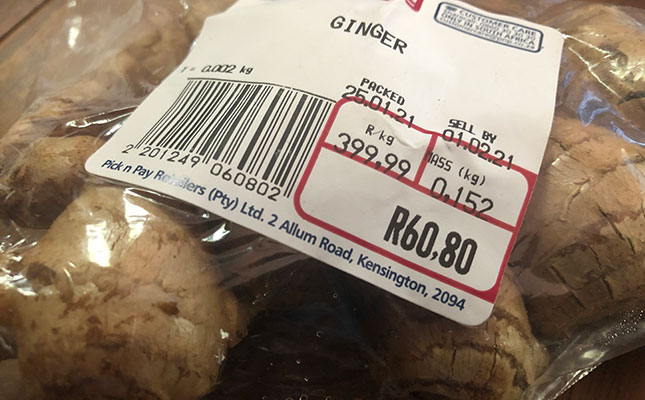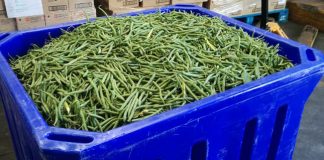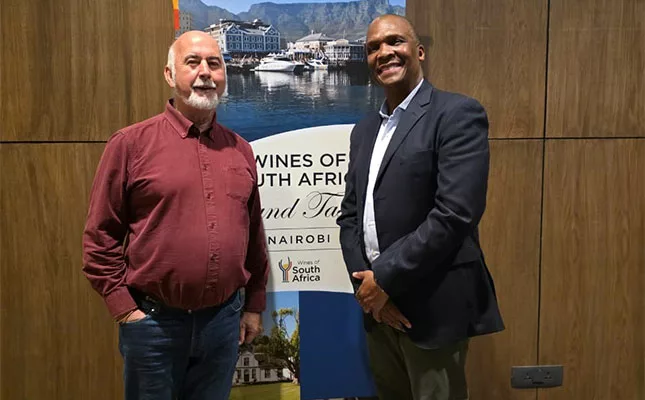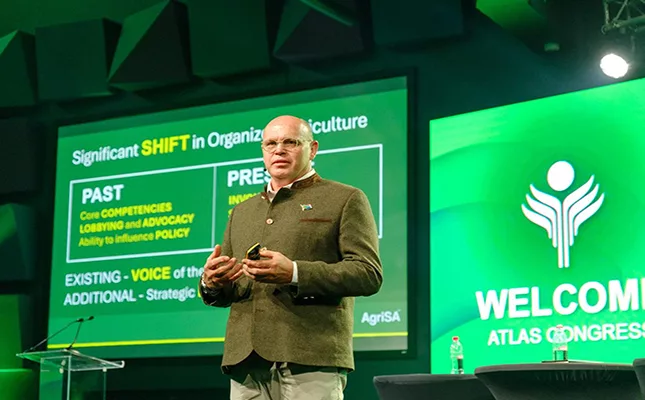
Photo: Lindi Botha
Speaking at the congress, held in Pretoria this week, Agri SA President Jaco Minnaar said that while the agriculture sector had faced severe pressure over the past two seasons, including drought, animal disease outbreaks, and a fragile economy, it remained a sound investment.
“Despite all of this, our sector has proven once again that it is resilient. In 2024, agriculture contracted by almost 9%. This year, the Bureau for Food and Agricultural Policy projects that the industry will rebound by more than 5%,” he added.
Minnaar noted that horticulture was a key driver of export-led growth and job creation over the past decade, with citrus, grapes, nuts, and berries expanding plantings and doubling export values.
“If we invest in logistics, infrastructure, and market diversification, horticulture can continue to be agriculture’s leading job creator,” he said.
Meanwhile, field crops remained the foundation of national food security. Although quality had been affected by erratic weather, improved soil moisture levels offered hope for a better season.
However, Minnaar noted that global grain and oilseed prices were expected to soften, putting local profitability under pressure.
“The opportunity lies in productivity, adopting precision agriculture, investing in soil health, and expanding irrigation where possible,” he added.
The livestock industry also faced a precarious future. “Animal disease outbreaks have significantly undermined farmer confidence. But with an effective national animal health system, South Africa could expand meat exports substantially. Without it, growth will stall,” Minnaar explained.
Agri SA CEO Johann Kotzé said there had been an important shift within organised agriculture, as industry players increasingly took on roles once filled by the state.
“In the past, we defined success by the depth of our expertise and our impact on policy. Today, Agri SA and its members are implementing projects and interventions across agricultural communities and value chains,” he said.
Kotzé added that nearly half of the R1 billion collected annually in statutory levies by commodity organisations was now invested in research and development, while one-fifth supported transformation initiatives.
“Many of these [commodity] organisations are rendering services once performed by the state itself,” he added.
He noted that this evolution was driven by the erosion of state capacity and the recognition that industry must play an active role in driving growth.
“Agri SA can no longer define itself as just the voice of the farmer. We have become strategic enablers of growth across the value chain.
“Agriculture has shown that when the state falters, the sector steps up and succeeds,” he said.
Kotzé and Minnaar called for greater collaboration across the sector to ensure its continued growth and success.
Kotzé added that as a network of organisations, they now faced the challenge of building the capacity, systems, and tools to fulfil a dual role: responding effectively to the realities of the business environment while realising their ambition to be a well-capacitated partner in growth.
“This will increasingly require heightened interaction and coordination. We will need to be clear about the levers of change on all levels,” he added.

